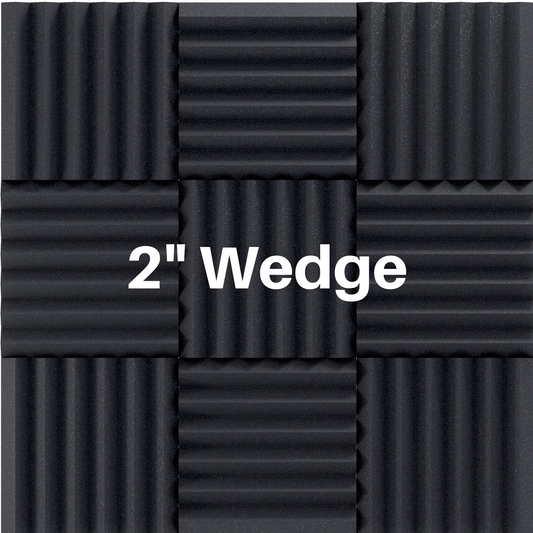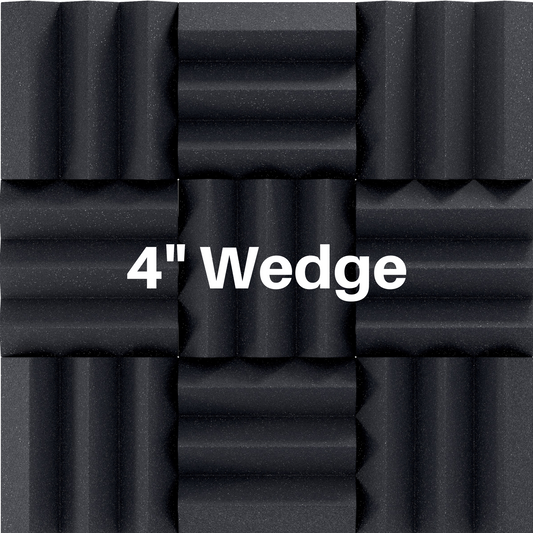Do You Need Sound Treatment Behind Speakers?
Share
The area between your speakers and your wall is often the highest pressure area in the room, making it very important to address.
You will want to treat the area behind your speakers with absorption to avoid acoustical distortion. This area can be treated with bass traps or panels depending on the type of speakers you have. Very small bookshelf speakers can be treated with panels, and larger speakers and subs will need bass traps.

Speaker Boundary Interference Response (SBIR) is a common type of acoustical distortion in a room. This is often overlooked when planning your mixing room, home theater, hifi listening room, etc.
SBIR occurs when loudspeakers are in close proximity to a room boundary like a wall, ceiling and/or floor. The reflection from the hard surface causes a delayed mirror image of the sound produced by the speaker. This is across the whole frequency spectrum but is most prevalent in the low end.
The result of the reflections combining with the direct sound is an uneven frequency response with some frequencies being boosted and others being cancelled. This is not ideal!
You can experiment with moving your speakers closer and further away from the wall to try and reduce the amount of distortion. However, without treatment there will always be some degree of distortion.
Check out our post Where To Place Monitor Speakers if you have questions about proper speaker placement in a recording studio or mixing room.

I hope this info was helpful. If you have any questions at all please contact us! We are glad to help!
-------
Read More:
How To Avoid Comb Filtering In A Room
What Is Noise Reduction Coefficient (NRC) ?
What Is Noise Floor And How To Keep Noise Floor Down




